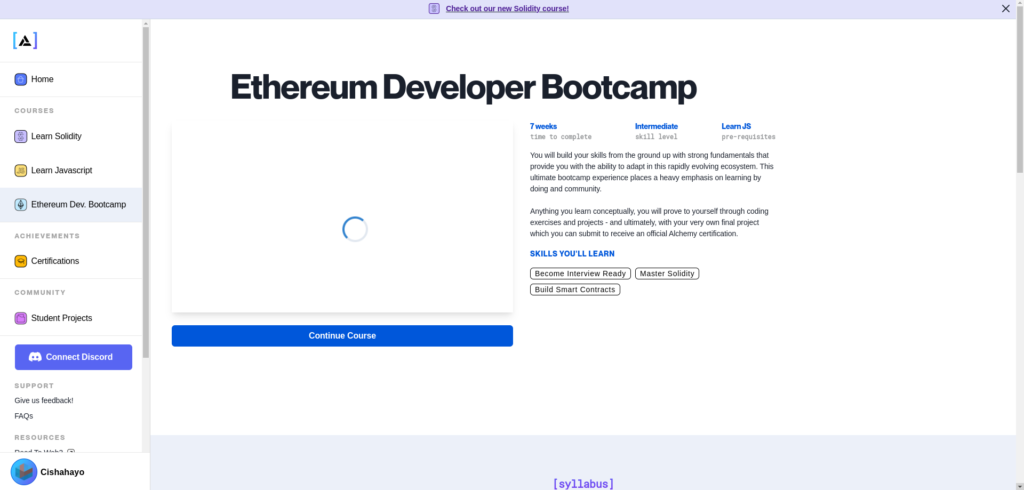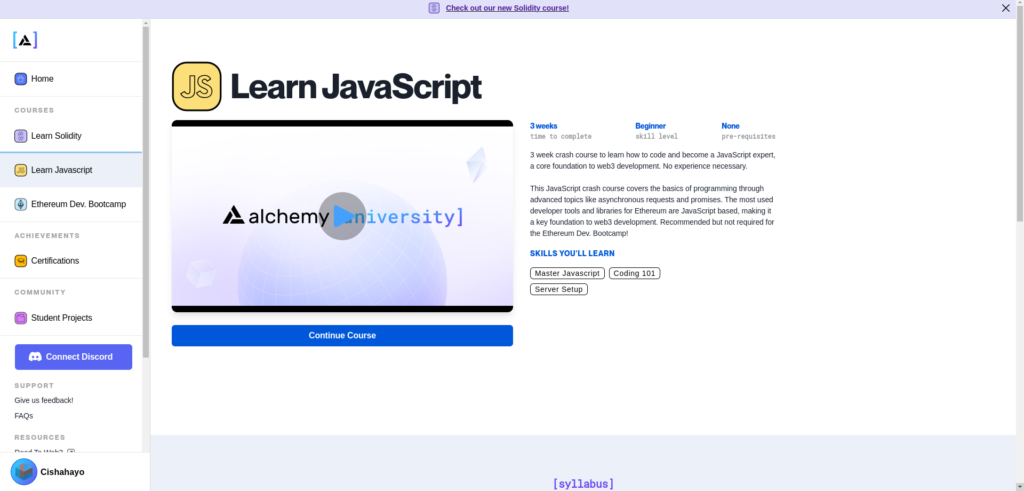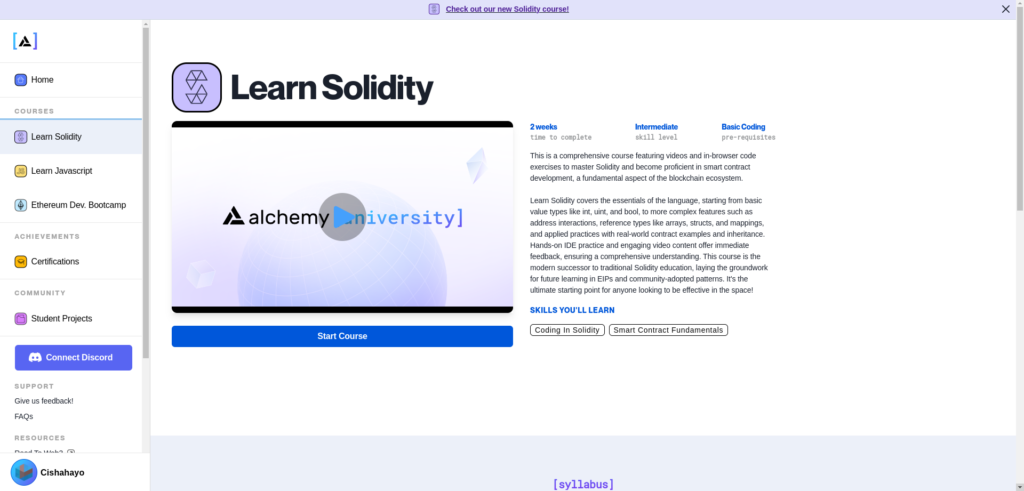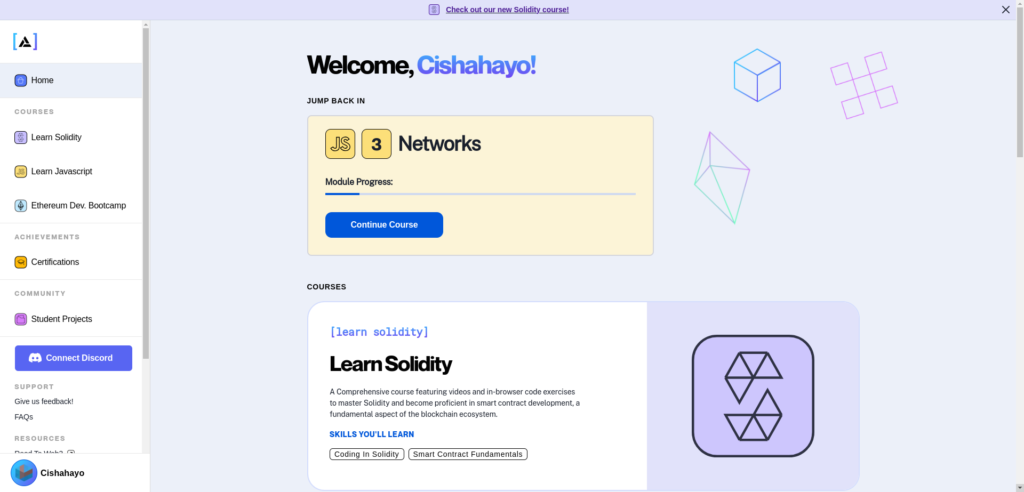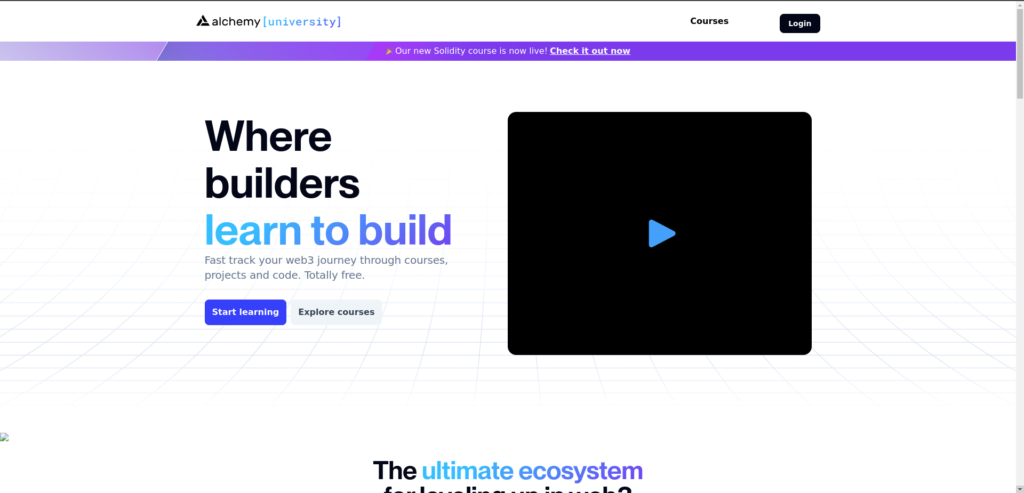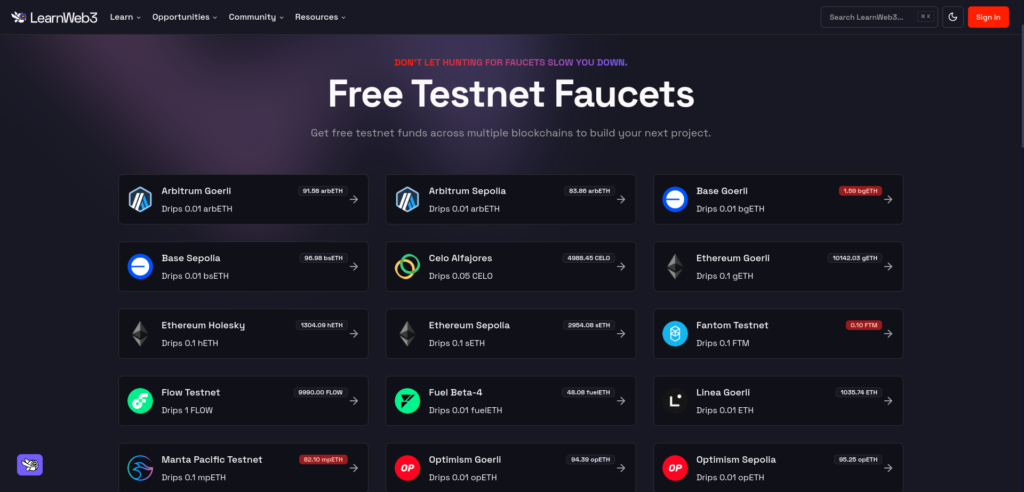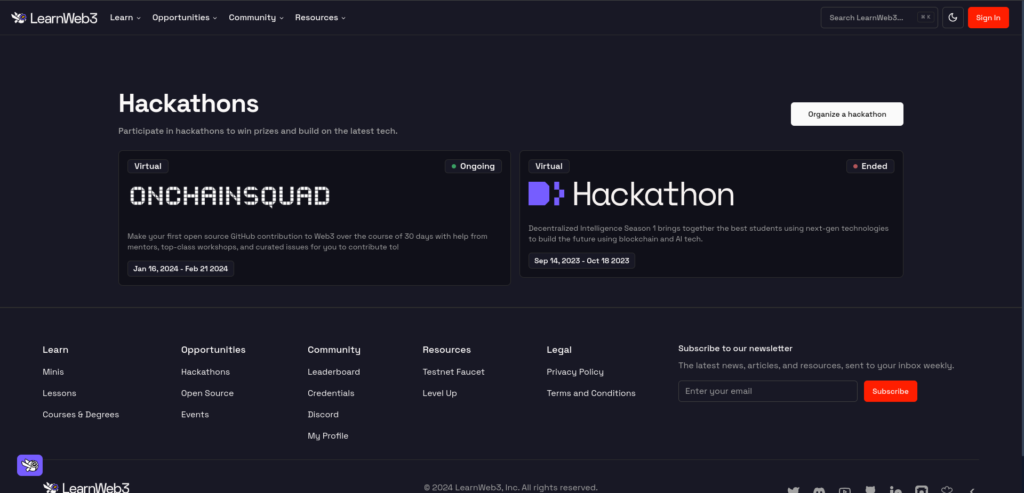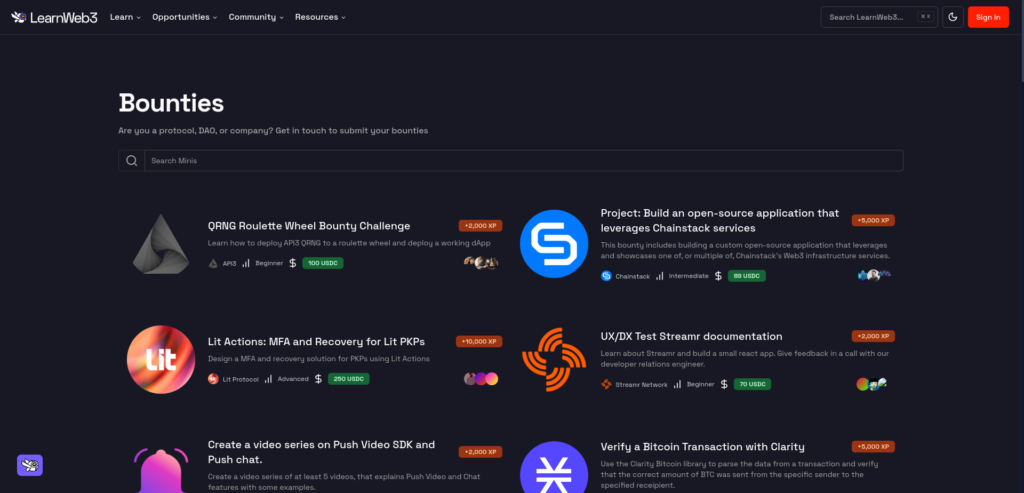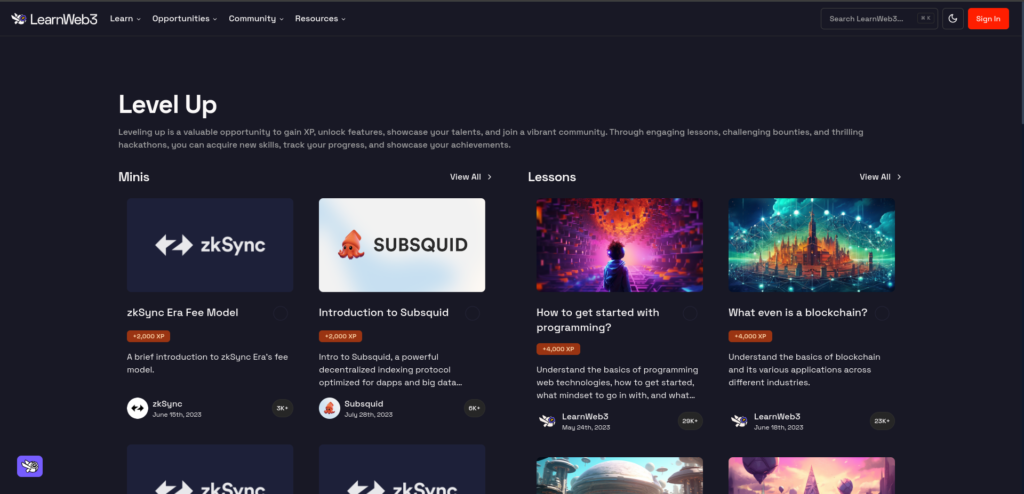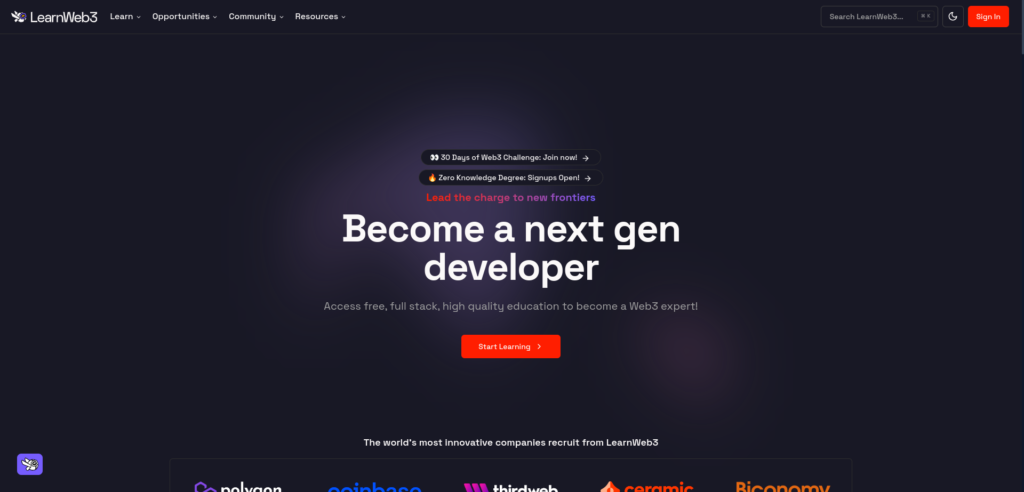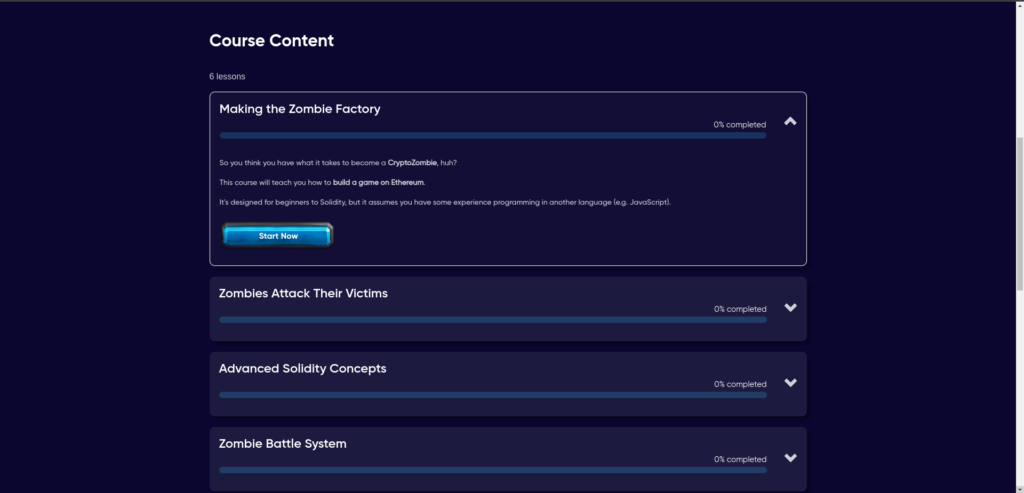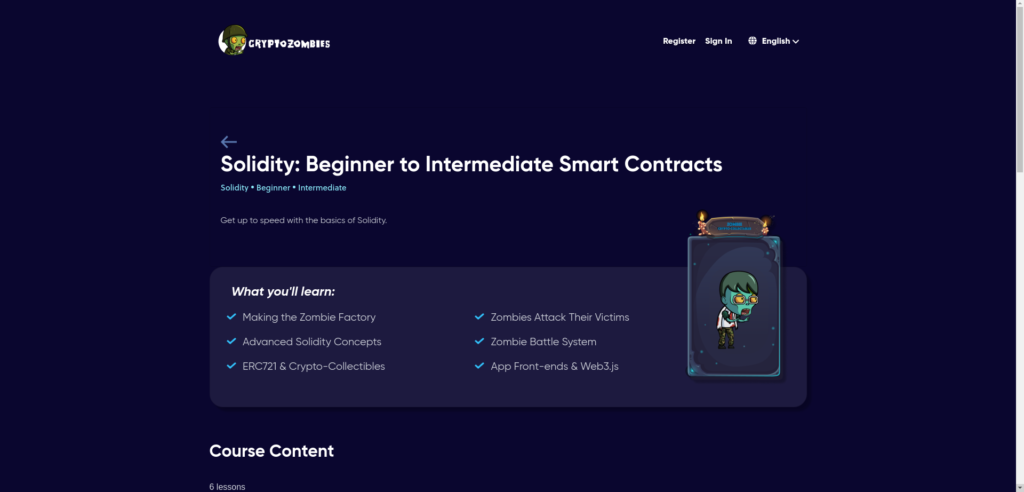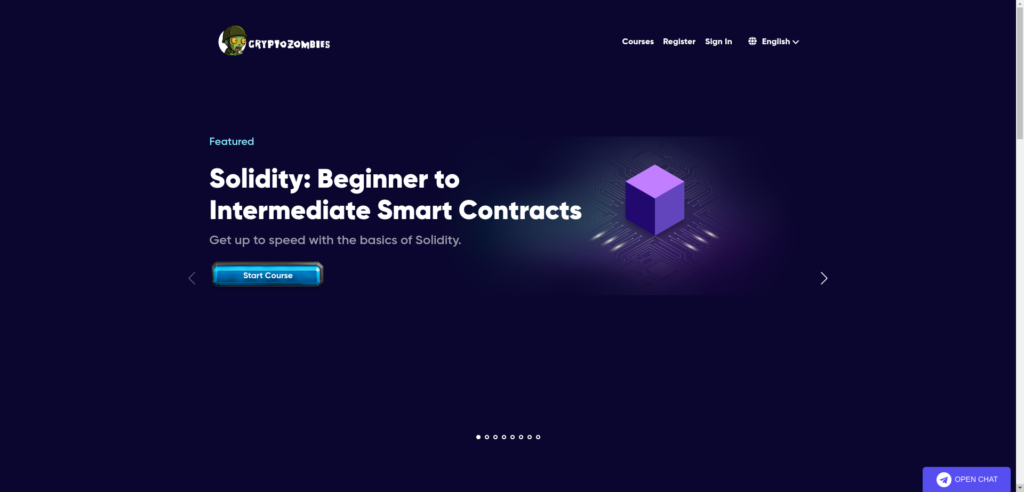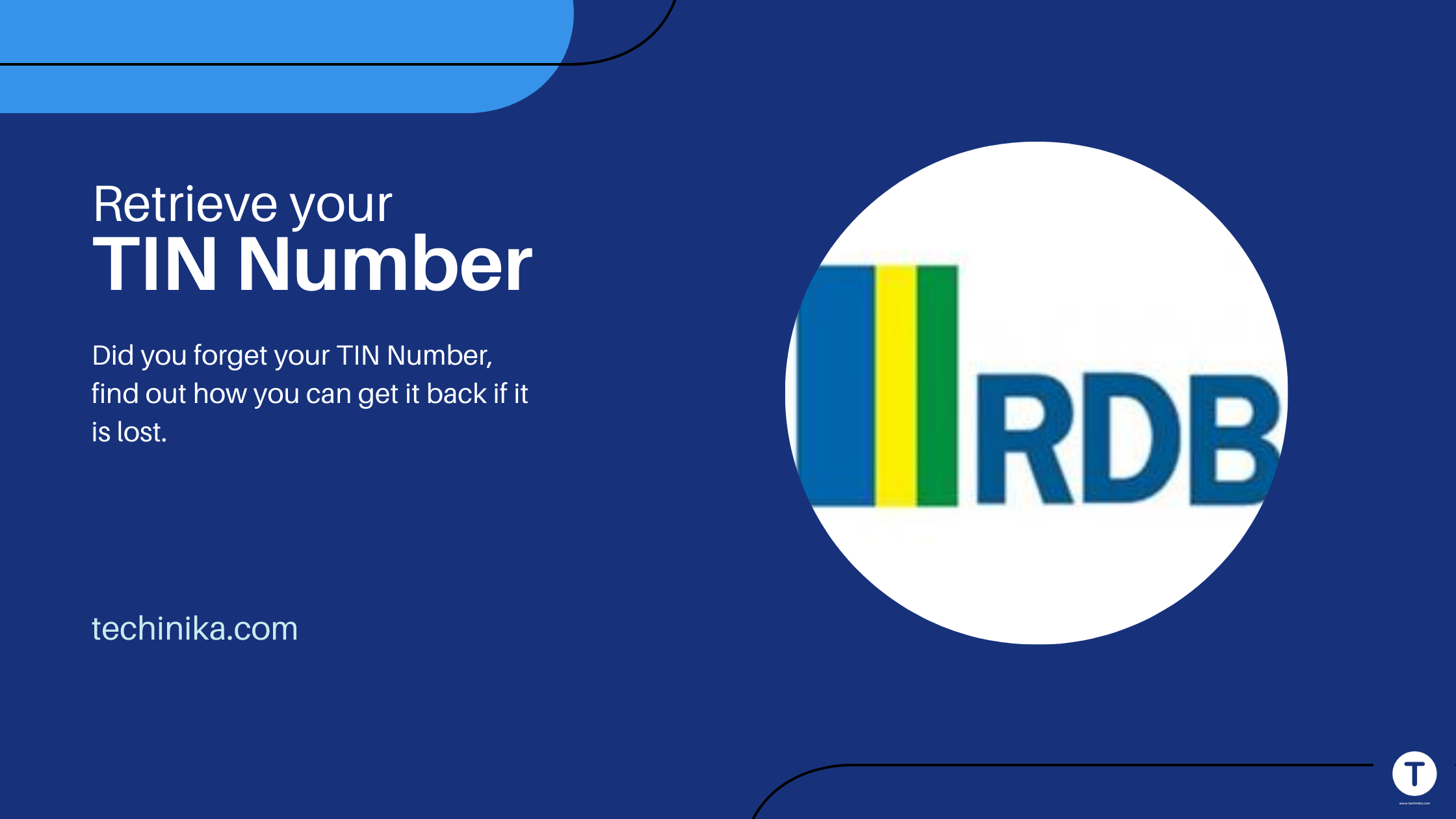In 2009, a group of unidentified individuals sparked a technological revolution by introducing a new currency called Bitcoin. Unlike traditional currencies, Bitcoin operates solely on the internet and is not governed by any central authority. The underlying technology, blockchain, has proven to be a solution to various global challenges, addressing issues of trust in transfers of money, power, property, and more. Many envision this technology as the foundation for the third generation of the internet, often referred to as WEB3. This represents a transformative era in the evolution of the internet.
The Web3 interface follows earlier generations like Web1 and Web2, each with distinct characteristics. In the first generation, users could read information on the internet but couldn’t actively respond. Website owners had the exclusive ability to post content online. The second generation marked a shift, enabling everyone to contribute to the internet, even without a website.
How is Web3 different?
While Web1 and Web2 brought numerous advantages, Web2 introduces a concerning issue – the extensive sharing and storing of user data in the vast warehouses of major corporations. Information sent or shared on social media, searched on Google, and more is stored in the databases of companies like Facebook and Google. The accumulation of data allows these companies to understand users better, making it easier for them to target individuals with advertisements and promotions. This centralized control over user data raises privacy and security concerns.

Web2: Data on a server controlled by one; Web3: Every device holds data, ensuring resilience and no single owner.
In Web3, a notable shift occurs – your information isn’t stored in a central database. For instance, in a Web3 Facebook, the data you share would be distributed across the devices of all Facebook users. This ensures that no single entity owns or controls the data. Even those with fragments of the information can’t view it due to protection through Blockchain technology. In essence, the website is owned, but the database is ownerless, establishing trust through decentralization. This decentralized structure, where no single person has control, is a key feature of Web3.
Why should we develop for Web3?
During our weekly discussion on Friday, January 19, 2024, within the Rwanda Technology Community, we had the pleasure of hosting Cyusa Asaph. Cyusa is one of the early Web3 developers in Rwanda, Cyusa is actively involved in Web3 programs as part of his daily work. He shared valuable insights on the importance of understanding these programs and provided guidance on initiating the learning process.
Your data is very secure
As mentioned earlier, the stored data is highly secure, making disappearance or external interference virtually impossible. This robust security is a compelling reason to delve into learning how this system operates.
Low competition
Web3 is still in its early stages, many individuals are unfamiliar with how to navigate it. Cyusa highlighted that companies seeking professionals for these programs face a shortage of skilled workers, creating a significant gap with ample job opportunities. Moreover, he emphasized that these positions offer competitive salaries.
Promising future
This new technology has a lot of potential. If you learn and use it well, you can have a great position in the future. It’s like how people who learned computer programming when the internet was starting got good jobs and more customers as the internet became popular.
Ease of learning
Given the limited workforce in this field, new platforms utilizing this technology collaborate with companies seeking skilled workers, offering extensive knowledge to many. This collaboration not only allows learners the freedom to explore but also presents opportunities to earn rewards while acquiring new skills through training. Cyusa highlighted some of these platforms, emphasizing their effectiveness in developing expertise in this technology.
How can you start learning to develop for Web3?
Those already familiar with programming find it relatively easy to dive into Web3. For beginners eager to learn, Cyusa suggested starting with programming basics. Web3 involves coding, various networks utilize different programming languages. For instance, Ethereum uses Solidity, Solana uses Rust, and for creating the front end (what users see on a website), different defaults like JavaScript are employed. This diversity allows for flexibility in choosing the right path based on preferences and interests.
Start here:
For beginners looking to start, Cyusa recommends enrolling in Alchemy University. He attested that the site remains at the forefront of aiding those eager to learn Web3. Cyusa himself started his learning journey there, emphasizing that the strong courses provided by Alchemy helped him secure job opportunities as companies trust the skills gained through their curriculum. To begin, visit the Alchemy website, click on “Start Learning,” create an account, answer a few questions, and gain access to the Dashboard.
For those already versed in programming, the Ethereum Dev Bootcamp on the left side is a great starting point. However, if you’re starting from scratch, explore the top courses covering JavaScript and Solidity. This website emphasizes a hands-on approach, incorporating exercises alongside verbal instruction to enhance familiarity. The course spans seven weeks, though it might take longer if you’re not acquainted with JavaScript. Notably, for exercises that necessitate hosting on the Blockchain, you receive the required funds in the form of cryptocurrency.
Continue here:
Following Alchemy, consider LearnWeb3. While it may not offer an extensive array of courses, it provides numerous exercises to enhance your skills. A notable perk is the reward system for diligent learners, where companies seeking skilled workers contribute funds to support ongoing education. This not only encourages individuals to study more but also facilitates the availability of free courses, promoting widespread learning accessibility.
After completing the exercises, upload them to GitHub to receive payment in the form of cryptocurrency. Cyusa emphasized that by studying Alchemy and LearnWeb3, the acquired knowledge can be applied to projects, significantly boosting job prospects in Web3-related fields. This pathway doesn’t demand extensive expertise, making it accessible for those looking to secure jobs in the evolving Web3 landscape.
You can also check here:
Another valuable resource Cyusa recommended is CryptoZombie, which offers excellent tutorials to aid in learning how to use Web3.
Beyond aiming for a job at a Web3 company, Cyusa suggested harnessing Web3 to create projects addressing significant human problems. He provided an example called Smart Contracts, which involves coding agreements to make the terms enforceable without the need for intermediaries.
In addition to Smart Contracts, Cyusa introduced another technology called Oracle, which facilitates Web3 programs in utilizing information from various technologies like Web2, IoT, and others. He elaborated further on how this technology functions, providing insightful examples to illustrate its practical applications. Understanding Oracle technology expands the capabilities of Web3 projects, allowing them to integrate and interact with diverse sources of information, enhancing their versatility and potential impact.
An example that utilizes Web3
Cyusa provided an example of applying Web3 in insurance, leveraging Smart Contracts. Traditionally, insurance companies have contracts with clients, outlining procedures for issuing insurance payouts. By utilizing Smart Contracts, the process of disbursing insurance funds and specifying payment details becomes transparent. Integrating Oracle technology, the program connects with the insured property. If a registered house experiences a covered event, the Smart Contract automatically initiates an immediate payment, reducing the time for funds to reach the policyholder. This not only streamlines the process but also minimizes the potential for fraud.
Web3 encompasses various applications beyond insurance, including NFTs (Non-Fungible Tokens), DeFi (Decentralized Finance), DAOs (Decentralized Autonomous Organizations), DApps (Decentralized Applications), and more. These innovations are unified by the principle of decentralization, as explained earlier. The inception of this transformative era dates back to 2013 when Ethereum was open-sourced, empowering third parties to develop blockchain applications built on the Ethereum platform.
What’s in store for you?
The Web3 discussions occur monthly, with this one marking the second session on Web3. Our next discussion on Web3 is scheduled for February 16, 2024, focusing on practical coding for web3. Those interested in learning and utilizing Web3 will be guided by Cyusa. Alongside these monthly discussions, we are organizing a mid-year hackathon for those who can learn and create projects using Web3. Projects will compete, and the best one will receive a reward. To stay updated, join our WhatsApp group.

Next week, don’t miss another session we will have on Cloud computing for beginners. We’ll delve into its applications, workings, and how you can leverage it. Sign up here to ensure you don’t miss out. If you’re interested in supporting Rwanda Technology Community activities, reach out to us at [email protected] or [email protected]. Your participation and contributions are highly valued.
Cheers!

